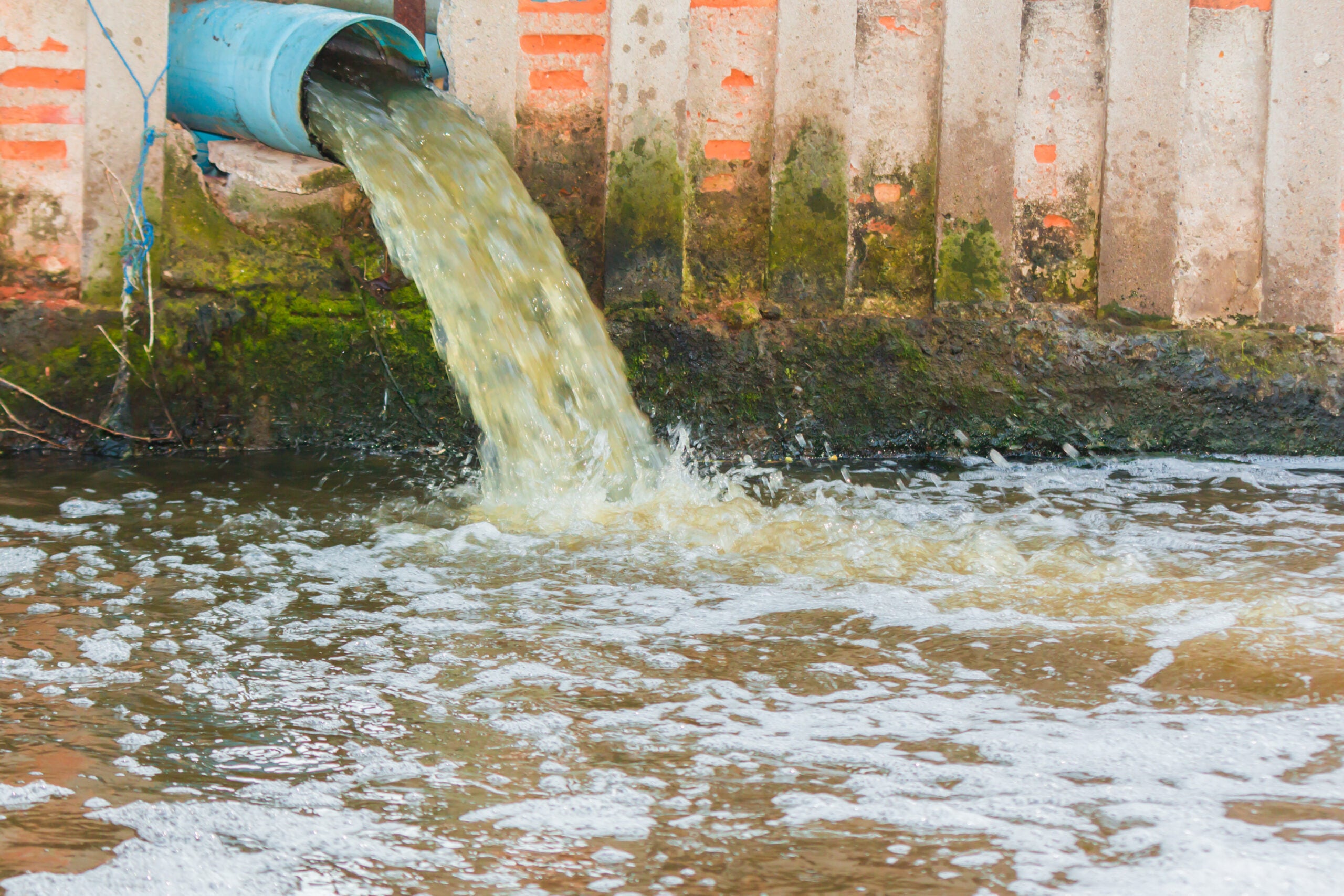
Following the release of ‘Control of Microfibres in Wastewater’ manufacturing guidelines by TMC, the two organisations will now collaborate during a new phase of the project, combining the expertise of ZDHC in sustainable chemical management and the science-led fibre fragmentation (previously referred to as microfibre release) knowledge of TMC.
Designed to help companies and supply chains better control microfibres in wastewater during textile manufacturing which includes apparel and footwear products, the preliminary guidelines in the document identify an approach that can be taken throughout the industry, to best support change within manufacturing.
Building on the first phase of this work which looked to identify and landscape utilisation of existing technologies across the industry, this upcoming phase will focus on the measurement and baselining so that progress can be managed effectively and transparently.
Frank Michel, executive director of the ZDHC Foundation, says: “The collaboration between TMC and ZDHC is a great example that two organisations can come together by building a competence centre around fibre shedding. This will leverage each other’s expertise and infrastructure.”
To support the collaboration, a dedicated task team from ZDHC and TMC will focus on three key areas:
Defining a test methodology – the identification and alignment of a globally available test method to measure fibre loss within wastewater at a manufacturing level;

US Tariffs are shifting - will you react or anticipate?
Don’t let policy changes catch you off guard. Stay proactive with real-time data and expert analysis.
By GlobalDataDetermining a baseline – establish this for microfibre loss from manufacturing facilities;
Aligning to a harmonised data infrastructure – working to identify a reporting structure that captures the measurement and control of microfibres from manufacturing facilities.
The work will be managed as three key interconnected workstreams that draw from the strengths of the two organisations, and which leverage the unique knowledge building that is achievable as a result, ZDHC and TMC say. The bodies are also encouraging businesses and other stakeholders from the textile industry to both adopt the manufacturing guidelines captured in ‘Control of Microfibres in Wastewater’, and also contribute to the next phase of the project, adding to the collective knowledge base that is being drawn on to tackle the issue.
Sophie Mather, executive director of TMC, adds: “We are looking here to maximise change, without the need for huge investment or complicated modifications within textile production. This new collaborative phase with ZDHC and our combined networks offers up unique value in the strength between the two organisations, whilst leveraging existing approaches to work at the manufacturing level.
“There is an urgency for us to be able to measure consistently from facility to facility so that we can manage loss and ultimately impact. I offer up a call to action for industry at all levels, synthetic and natural fibres, high fashion to outdoor, to align and encourage manufacturing facilities to support this work.”
TMC has confirmed that the ‘Control of Microfibres in Wastewater’ preliminary guidelines are now public.
Signatories of the Microfibre 2030 Commitment had early access to this industry resource, which is available to download here.


